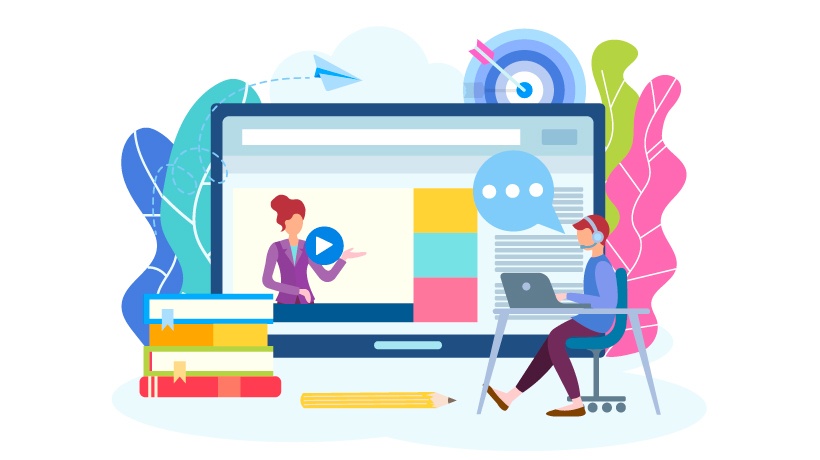How eLearning Is Different During A Crisis
The eLearning experience is different during a crisis because exposure to the outside world is still essential even with online education. eLearning is one of the newest trends in education because of the COVID-19 pandemic. Countries that never accepted eLearning are now changing their policies to keep up with worldwide development. eLearning can be a very handy yet very lonely experience.
Online learning is very efficient in saving time, offering updated content, and being productive. Under normal circumstances, students in higher education find it easier to choose the eLearning path than school-age students. What if these circumstances are not ordinary, like the time we are living in now? What if, on top of eLearning, students are recommended to stay home and maintain physical distancing? Stressing here that it is physical distancing and not social distancing, as the latter term provokes anxiety in many individuals.
The most robust connection in eLearning is between the student and her/his electronic device, assuming that we do not need our surroundings when immersed in this type of teaching and learning. This loneliness should be sparked by virtual communication, given physical distancing, with colleagues and friends whenever possible. It is easier said than done, but the only way to maintain sanity is by maintaining a social connection with the world around us. University students can pursue their online education by managing their time, prioritizing, and maintaining their overall wellbeing.
eLearning For School-Age Students
Being that organized is not as simple for school-aged students, especially the younger ones. Kids are used to playing and continuously interacting with other kids. eInteraction will not feel the same because it is virtual, with no senses involved. They cannot play with each other like before; they cannot tell a joke during the day like before; students cannot move and release their energy like before, nor they can do hands-on activities like what they did in schools.
Denying kids from hands-on-activities is, by itself, a contradiction to learning theories. How can a seven-year-old student understand a math concept from behind a screen? How can an 11-year-old student experiment in science and draw conclusions from behind a screen? Given the circumstances we are living in now, teachers cannot even ask students to carry out the activity at home. If they do, many may not have access to the required tools for the activity. It is also hard to go out and buy them because most countries are on lockdown, and others have a curfew.
eLearning Is A Privilege
For the eLearning experience to be efficient, exposure to the world is essential for teachers and learners. If this exposure is hindered, students and educators will find it hard to assign and assess the tasks. Let alone that eLearning is a privilege and not a necessity, as many families cannot afford an electronic device or internet subscription. As a result, learning cannot be a requirement for all students, given the different socio-economic levels for families across countries. The optional path might seem fair but also triggers inequalities that governments need to address after this pandemic is over.
Inequalities are endless, not only in education but in other aspects and, most importantly, in health services. eLearning will be challenging for both teachers and students when the world around us is not functioning well. This hurdle includes our mental health, which is also affected by the crisis, distressing the teacher and learning experience.
If we look back at the 9/11 events, eLearning took place in some universities, but the academic body was not prepared for crisis intervention while eTeaching. Students and professors were struggling with their mental wellbeing, as crises trigger anxiety and fear. eLearning during a crisis needs to contemplate the wellbeing of the educator and the learner before proceeding with the course syllabus. If this isn't addressed well, learning will be negatively affected, hindering the eLearning experience in general.
Approving eLearning is a significant step forward that can work fully under typical situations for specific socio-economic classes and age groups. Crises always unlock doors that we tend to overlook when we are functioning well and when the economy is prospering.
The aftermath of the crisis is what governments need to look at, assess, and reconsider, starting with the education and health sectors, and then everything will fall into place. eLearning must always be a crucial element of education, tailored to eLearning during a crisis and eLearning during normal circumstances.








